Welcome to the feather-filled world of bird coloring pages! Whether you’re a nature enthusiast, an art lover, or simply looking for a relaxing and creative activity, bird-themed coloring pages offer a delightful escape into the realm of these beautiful winged creatures. In this article, we will take flight through an array of avian-inspired designs, each waiting to be brought to life with your personal touch. Join us on this educationally artistic journey as we explore the joy of coloring and discover the wonders of the avian kingdom.
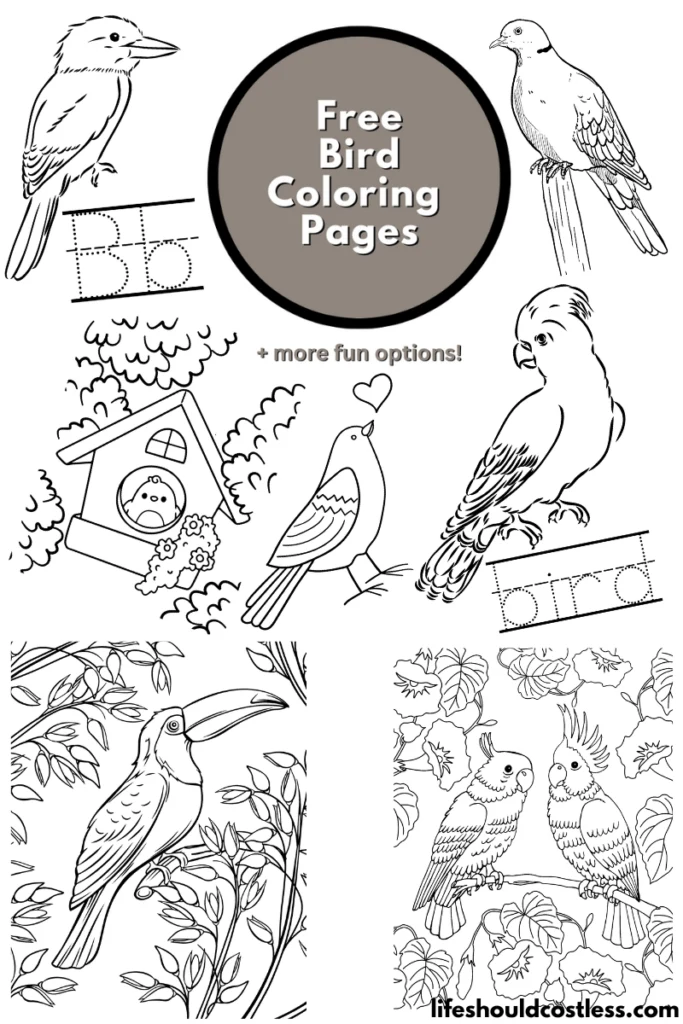
So, grab your colored pencils, markers, or paints, and let your imagination soar.
Simply choose the design that appeals to you the most, then save the downloadable PDF template, print it, and enjoy coloring to your heart’s desire.
Alternatively, you could also utilize the designs as embroidery patterns or draw inspiration for fine line tattoos.
Bird facts
For those who are new to my coloring pages, it’s essential to mention that I enjoy providing you with the option to learn about the subject, enabling you to seamlessly turn your coloring activity into an educational experience.
So, without further ado, let’s embark on this journey of discovery!
Birds are a fascinating group of creatures that have delighted humans for centuries. From their extraordinary flying abilities to their diverse appearances and behaviors.
Here are lots of fun and interesting, simplified, facts about birds (my reference source can be found here).:
- Avian Diversity: Birds belong to the class Aves, which comprises around 10,000 species, ranging from the tiny hummingbirds to the towering ostriches. They exhibit a remarkable diversity in size, shape, color, and behavior.
- Feathered Flight: One of the most remarkable features of birds is their ability to fly. Their wings are specialized structures designed for lift and propulsion, enabling them to soar through the skies with grace and agility.
- Hollow Bones: To reduce weight and aid in flight, birds have hollow bones. These bones are strong yet lightweight, contributing to their buoyancy in the air.
- Unique Plumage: Birds boast an incredible variety of plumage, displaying an array of colors and patterns. Feathers serve various functions, such as insulation, camouflage, courtship displays, and even sound production.
- Migratory Marvels: Many bird species undertake incredible long-distance migrations, covering thousands of miles each year. These journeys often involve crossing vast oceans and deserts, showcasing their exceptional navigational skills.
- Singing Sensations: Birds are renowned for their melodious songs and calls. Each species has its distinctive vocalizations used for communication, attracting mates, and defending territories.
- Bird Brains: Despite their small size, birds possess impressive cognitive abilities. Some species, like ravens and crows, exhibit problem-solving skills and tool use, highlighting their intelligence.
- Birds of Prey: Raptors, or birds of prey, are adept hunters with keen eyesight and powerful talons. They include eagles, hawks, falcons, and owls, each adapted to different hunting strategies.
- Courtship Rituals: During the breeding season, many birds engage in elaborate courtship displays. These dances, songs, and aerial acrobatics help attract mates and reinforce pair bonds.
- Nesting Habits: Bird nests come in various shapes and sizes, ranging from simple depressions in the ground to intricate structures built on tree branches or cliffs. Some species create impressive nests with mud, twigs, and even saliva.
- Parental Care: Parental care among birds is diverse and remarkable. Some species share incubation duties and care for their young, while others leave their offspring in nests and rely on instinctive behavior.
- Diving Champions: Birds such as penguins and auks are exceptional divers. They have adapted to life in water, using their wings as flippers to propel themselves beneath the surface in search of food.
- Color Perception: Birds often have superior color vision compared to humans. Many can see ultraviolet light, which enables them to detect colors and patterns that are invisible to us.
- Synchronized Flight: Some bird species, like starlings, engage in mesmerizing displays of synchronized flight known as murmurations. Thousands of birds move together in perfect harmony, creating breathtaking patterns in the sky.
- Oviparous Reproduction: Birds are oviparous, meaning they lay eggs. The eggs come in various sizes, shapes, and colors, depending on the species.
- Environmental Indicators: Birds play a vital role as environmental indicators. Changes in their populations or behavior can provide valuable insights into the health of ecosystems.
- Fossil Records: Birds have a rich fossil record, with some of the earliest known species dating back to the time of dinosaurs. Archaeopteryx is an iconic fossil that represents a transitional form between dinosaurs and modern birds.
- Extreme Survivors: Birds have managed to adapt and thrive in various habitats, from deserts and rainforests to polar regions and high mountain ranges.
- Communication through Dance: Some bird species, like the blue-footed booby, use intricate dance routines as a form of courtship display, where males showcase their brightly colored feet to attract potential mates.
- Longest Migration: The Arctic Tern holds the record for the longest migration, traveling up to 44,000 miles (71,000 kilometers) annually from its breeding grounds in the Arctic to its wintering grounds in the Antarctic.
Birds continue to enthrall scientists and nature enthusiasts alike, and their study provides valuable insights into the world of biology, ecology, and evolution.
With such diverse and captivating characteristics, it’s no wonder that birds hold a special place in our hearts and inspire awe and wonder in people of all ages.
I hope you learned something new with these facts about birds, but there is much more knowledge to gain.
If you would like to continue in your quest for bird-knowledge, here are some other reputable resources to learn about them while coloring:
- https://kids.nationalgeographic.com/animals/birds
- https://www.nps.gov/articles/birding-for-beginners.htm
- https://www.audubon.org/bird-guide
- To see all of my free printables, go here.
- To see an alphabetized index of all of my coloring pages, go here.
- To see all of my Animals coloring pages, go here.
- To see all of my Birds coloring pages, go here.
Tips for coloring
Coloring a picture of a bird can be a delightful and rewarding experience.
Here are some of my best tips and tricks to make your bird artwork really fly off of the page:
- Reference Images: Whenever possible, use reference images of real birds or high-quality illustrations to guide your coloring. Observe the bird’s natural colors and patterns, which can help you achieve a more realistic and accurate representation.
- Study Bird Species: If you have a specific bird species in mind, take some time to research its appearance, habitat, and distinctive features. This knowledge will aid you in choosing appropriate colors and creating a more authentic portrayal.
- Select the Right Medium: Decide on the coloring medium that suits your preferences and skills. Colored pencils, markers, watercolors, and pastels all have their unique advantages. Colored pencils are great for fine details, while markers offer vibrant colors and watercolors create beautiful washes.
- Layering Colors: Start with light layers of color and gradually build up intensity. Layering allows you to achieve a more varied and dimensional look. Use different shades to add depth and shading to the bird’s feathers and features.
- Blending Techniques: Experiment with blending techniques to achieve smooth transitions between colors. Blending pencils, blending stumps, or even a soft tissue can help create a seamless and polished appearance.
- Feather Texture: To simulate feather texture, use short, directional strokes with your coloring medium. Pay attention to the flow and direction of feathers, especially in areas like the wings and tail.
- Color Gradient: For a natural look, create smooth color gradients. Start with a light base color, then gradually add darker shades towards the shadows and contours. This technique enhances the three-dimensional aspect of your artwork.
- Contrast and Highlights: Use contrast to make your bird stand out. Add darker tones to the shadows and emphasize highlights on areas where light would naturally hit, like the tops of feathers or the beak’s tip.
- Eye Detail: The bird’s eye is a crucial focal point. Make it come alive by adding highlights to create a reflective appearance. Tiny details like the eye’s catchlight can add realism and personality.
- Background Considerations: Think about the bird’s environment when choosing the background color. A subtle and complementary background can make the bird pop, while a detailed background might compete for attention.
- Experiment with Textures: Consider using mixed media for added texture. You can incorporate elements like colored pens, gel pens, or even collage materials for a unique and artistic effect.
- Be Patient and Take Breaks: Coloring can be time-consuming, so be patient with the process. Take short breaks to rest your eyes and prevent fatigue, ensuring you maintain your focus and enjoyment.
- Practice Regularly: The more you practice, the better you’ll become at capturing the essence of birds in your coloring. Allow yourself to experiment with different techniques and styles to find what suits you best.
- Personal Touch: While realism is commendable, don’t be afraid to inject your own creativity and style into the artwork. Add your personal flair, and remember that art is about self-expression and enjoyment.
- Have Fun: Above all, have fun with your coloring! Enjoy the journey of bringing these majestic winged creatures to life on paper and relish in the meditative and creative benefits of this wonderful activity.
Remember, coloring is a relaxing and enjoyable hobby that allows you to express yourself artistically while appreciating the beauty of nature.
So, grab your coloring tools, let your imagination soar, and embrace the joy of coloring pictures of birds!
Options For Printing:
Letter B is for bird writing practice worksheets
*My letter B is for bird coloring sheet printables are specifically designed to be used in a classroom setting, they are the only printable options on this page that do not need written permission to use in a public setting.
Please send the link to this post along if anyone asks you where you got them. Thank you!
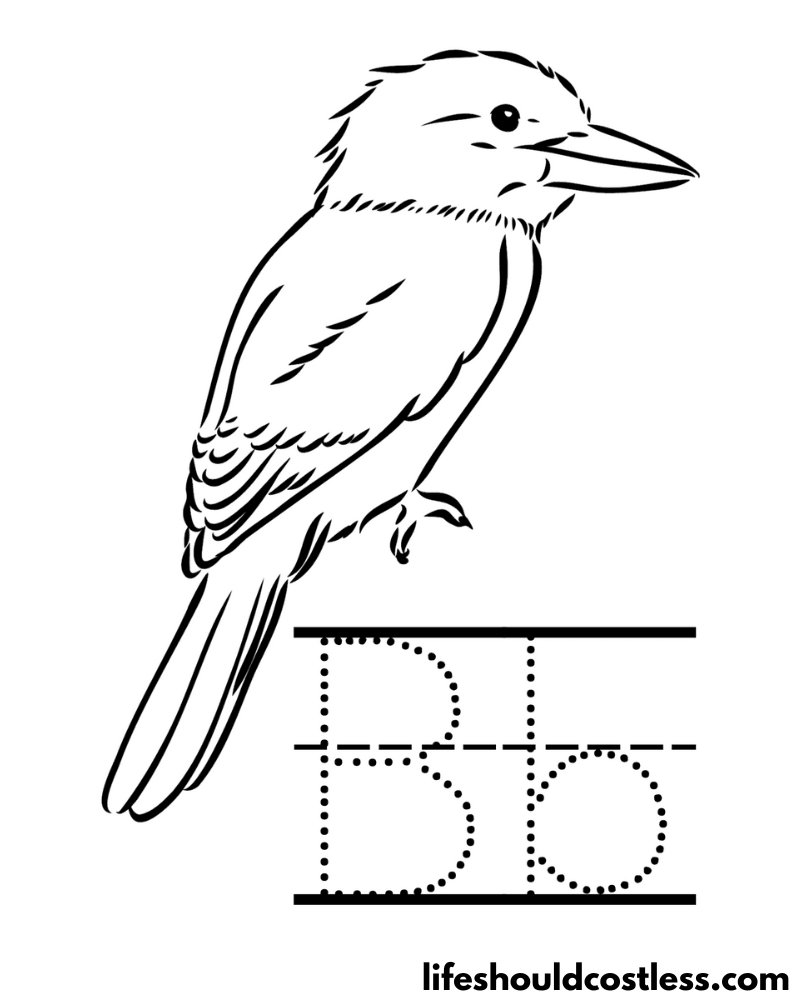
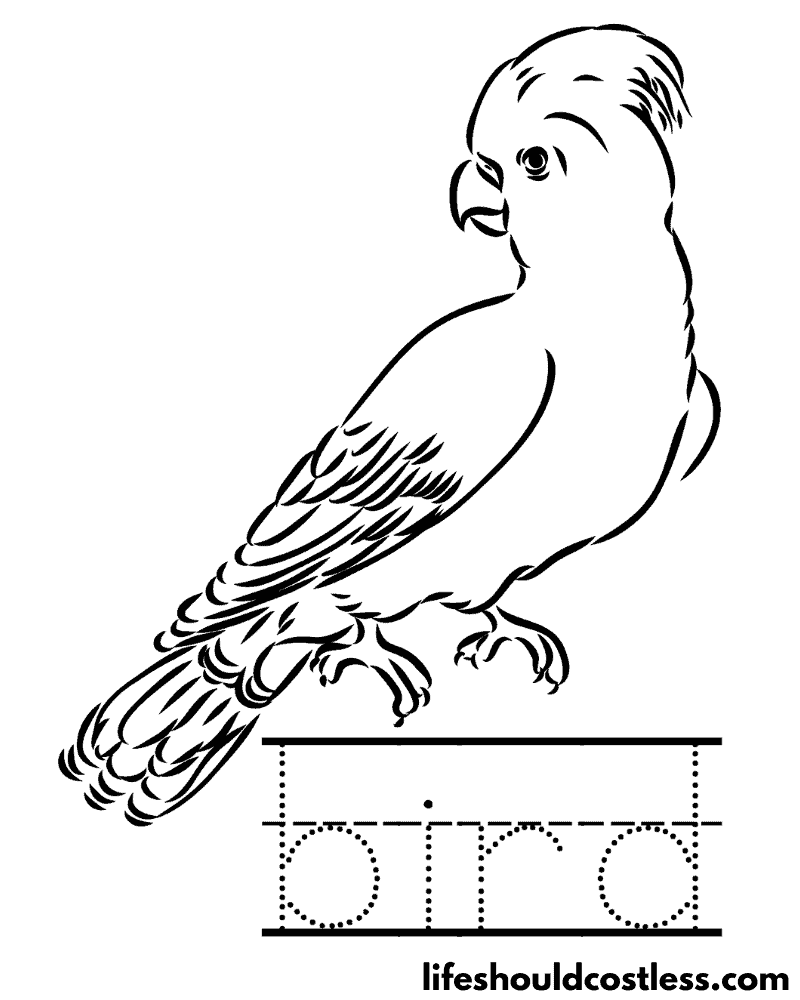
Various Bird Designs
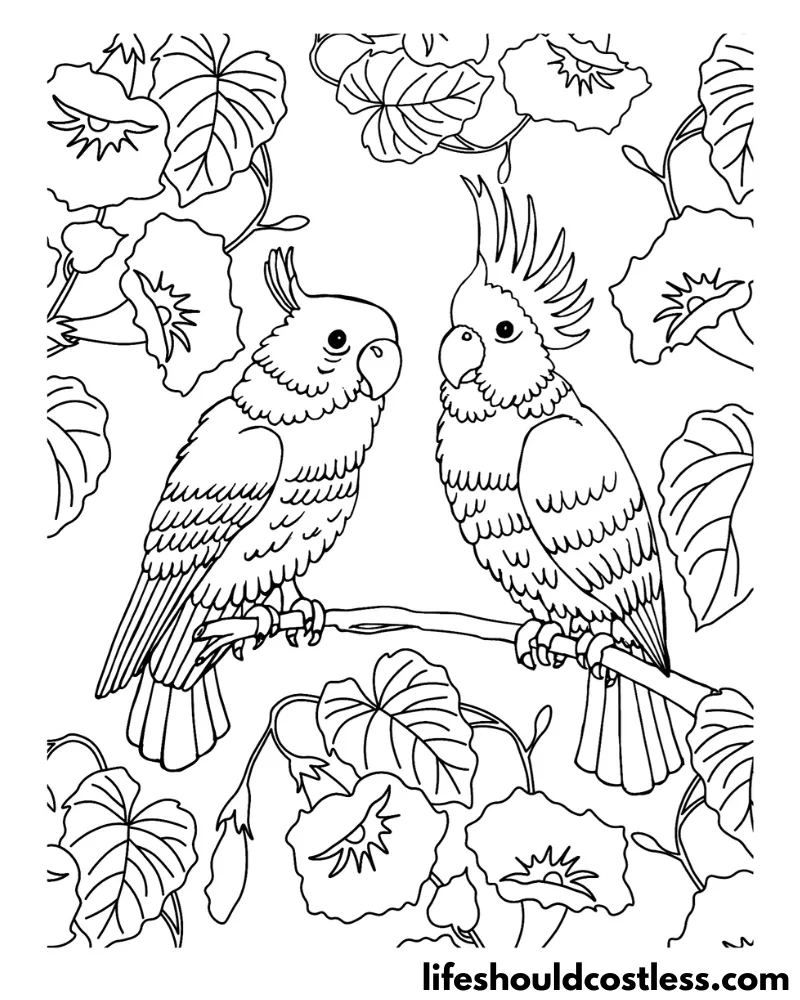
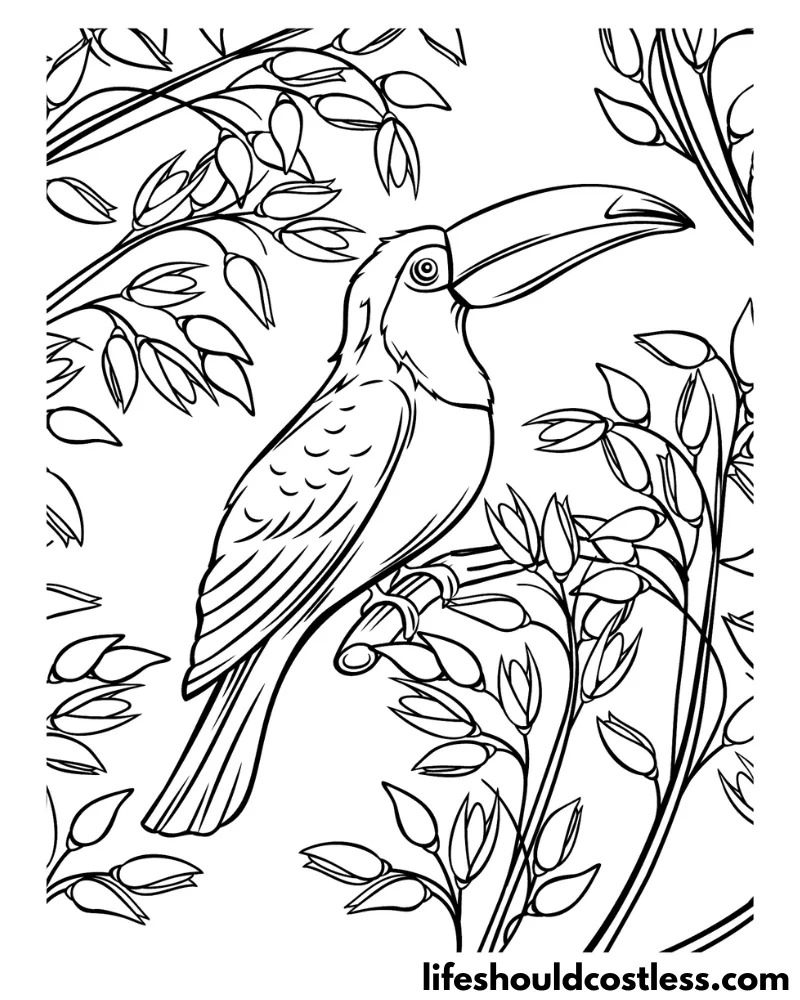
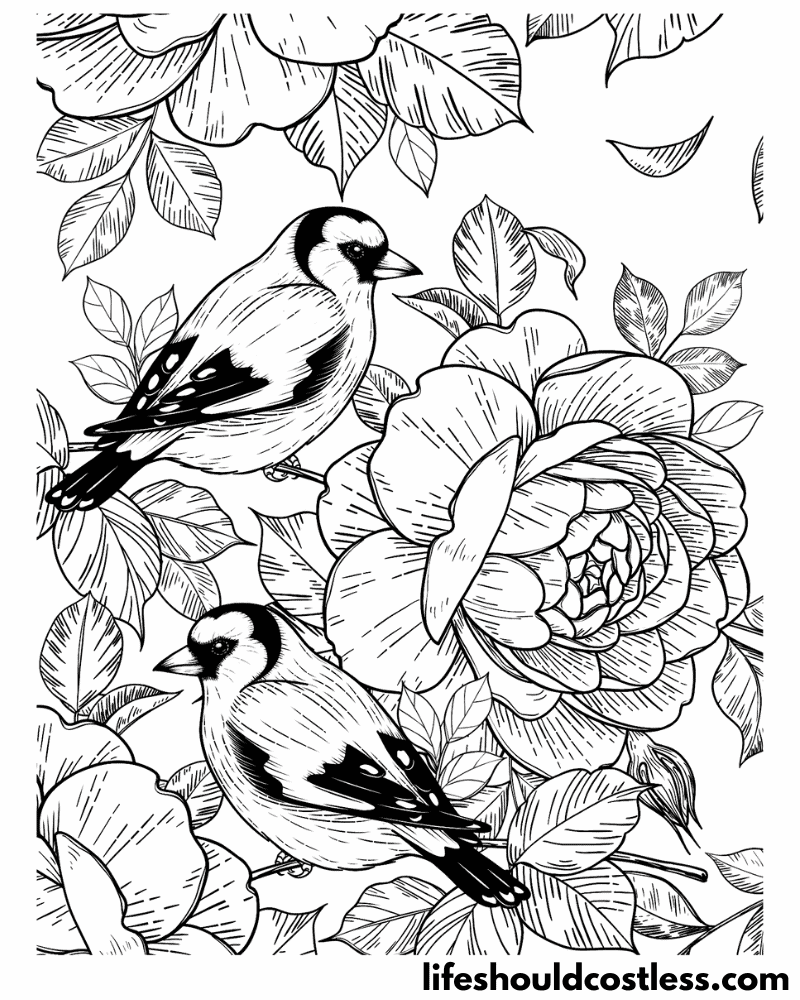
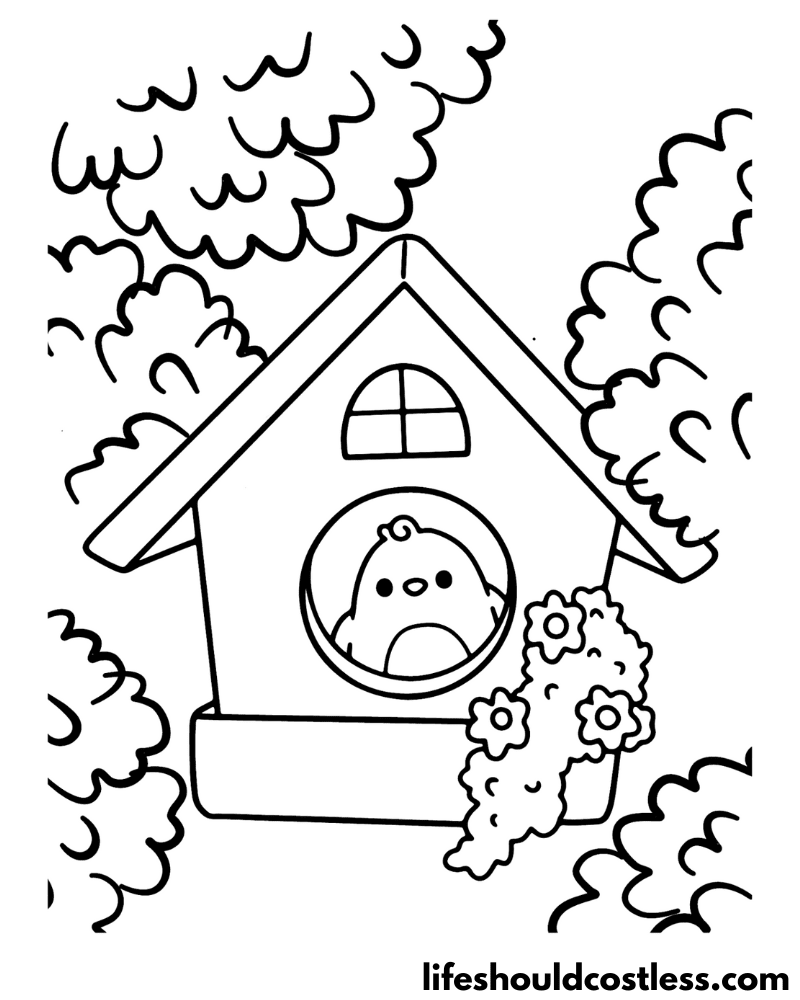
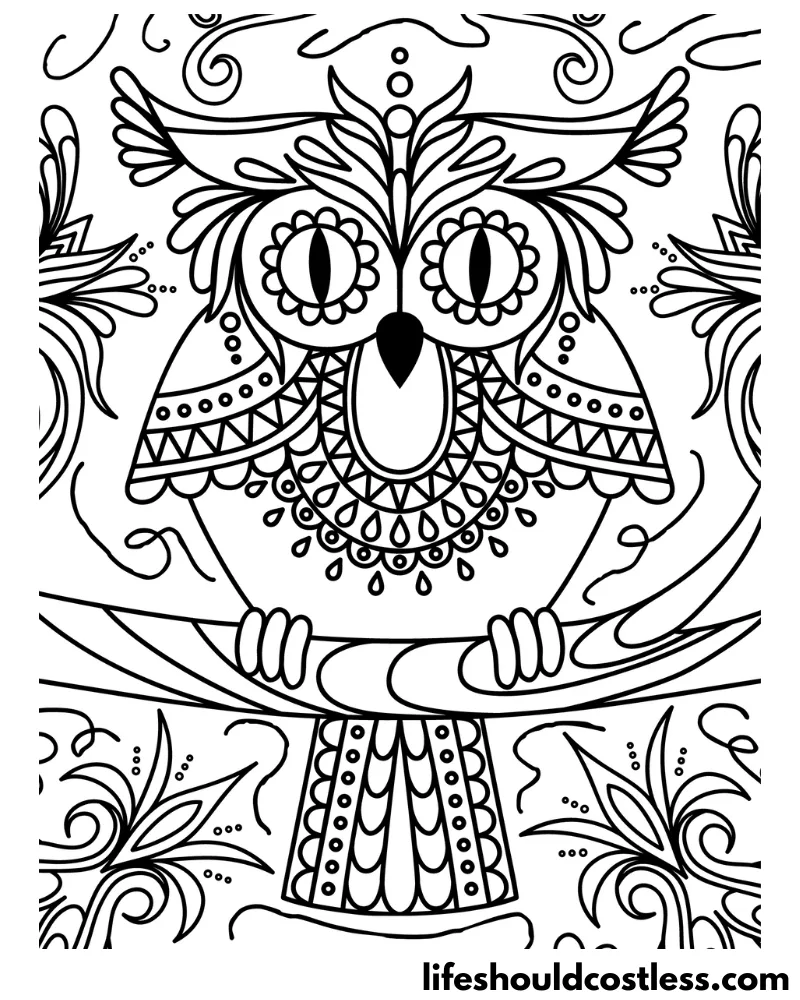

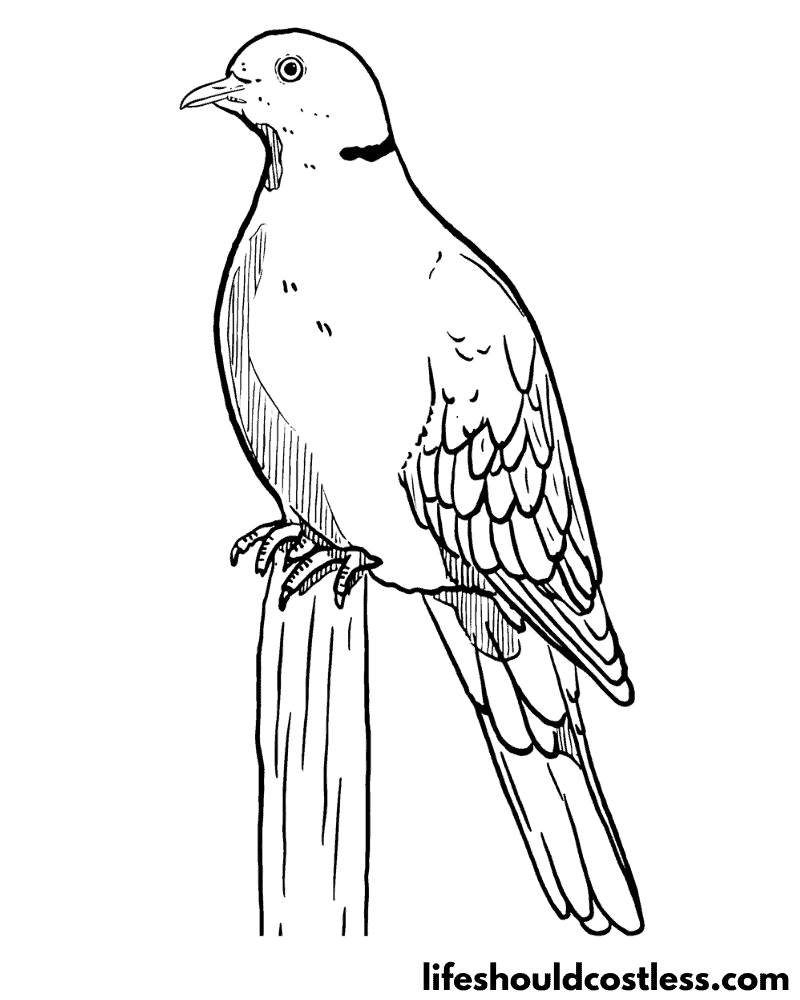
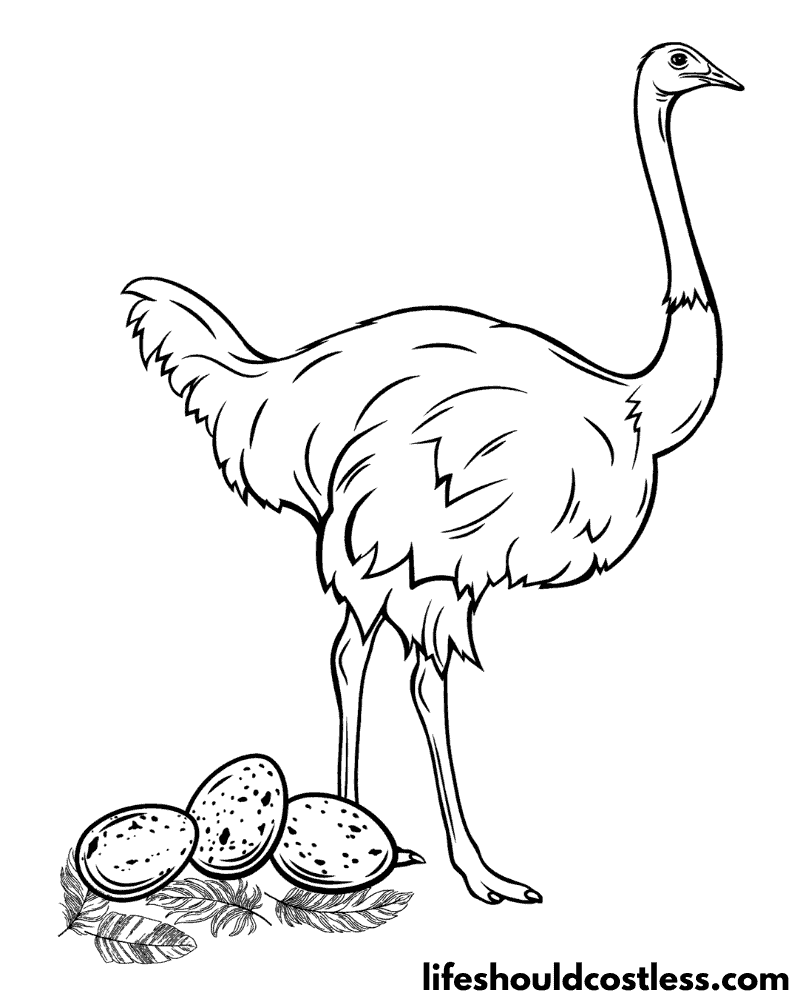

FAQ’s
The colors of birds serve various purposes and are a result of both evolutionary and ecological factors.
The specific reasons for a bird’s colors can vary depending on the species and their environment, but some common explanations include:
Camouflage: Many birds have colors that help them blend into their surroundings, providing them with a natural form of protection from predators. This adaptation allows them to remain hidden from both predators and prey while they search for food or avoid danger.
Sexual Selection: In many bird species, vibrant and elaborate colors play a role in attracting mates. Male birds often display bright and striking colors during the breeding season as a way to court females and demonstrate their genetic fitness.
Species Recognition: Colors can also be important for identifying and recognizing members of the same species. Birds use distinct plumage patterns and colors to distinguish one another, which helps with mate selection and social interactions.
Social Hierarchy and Signaling: In some species, dominant individuals may have more intense or unique colors, which can signify their status within a social group. These colors can be used as visual signals during territorial displays or confrontations.
Environmental Factors: The colors of birds can be influenced by their environment, especially when it comes to blending in with specific habitats. For example, birds living in forests may have earthy tones, while those in arid regions might have more muted colors to match the desert landscape.
Ultraviolet Vision: Birds, unlike humans, can see ultraviolet (UV) light. Some colors and patterns are visible only in UV light, allowing birds to perceive unique markings and signals that are invisible to us.
Temperature Regulation: Dark colors absorb more heat, while light colors reflect it. Some birds, particularly those living in warmer climates, may have lighter-colored plumage to help regulate their body temperature.
Warning Signals: Bright and contrasting colors can serve as warning signals to predators. These colors may indicate that the bird is poisonous, venomous, or unpalatable, discouraging potential threats from attacking.
Molting and Seasonal Changes: Birds’ colors can change due to molting, which is the process of shedding old feathers and growing new ones. Additionally, some species exhibit different colors during different seasons, such as breeding plumage versus non-breeding plumage.
Genetic Variation: Bird colors can be influenced by genetic factors. Mutations and variations in genes responsible for producing pigments can lead to unique coloration within a population.
It’s important to note that not all birds have vibrant colors, and some may appear drab or cryptic as part of their survival strategy. The reasons for bird colors are diverse and can be quite complex, with each species evolving unique adaptations to thrive in their specific ecological niches.
The most common color of birds, in general, is brown. Brown is a prevalent color found in a wide variety of bird species worldwide. This coloration often serves as a form of camouflage, helping birds blend into their natural habitats and avoid predators.
Many bird species that inhabit forested areas, grasslands, and shrublands often exhibit various shades of brown in their plumage. This color helps them remain inconspicuous among leaves, branches, and vegetation, making it easier for them to find food, build nests, and raise their young without drawing unnecessary attention.
It’s important to note that while brown may be the most common color overall, bird plumage comes in an incredible range of colors and patterns. Various factors, such as species, geographic location, and specific ecological adaptations, influence the colors of birds.
Some species showcase brilliant and striking colors, while others display more subdued and camouflaged hues. The diversity of bird colors is one of the many fascinating aspects that make these feathered creatures so captivating to observe and study.
*I will add more bird colour / color questions and answers as the questions get sent to me.
Conclusion
In conclusion, bird coloring pages offer a wonderful and engaging way to connect with the fascinating world of avian creatures.
Through the strokes of colored pencils or the vibrant hues of markers, we embark on an artistic journey that not only ignites our creativity but also fosters a deeper appreciation for the diversity and beauty of birds.
Each coloring page presents an opportunity to bring these winged wonders to life, capturing their essence with every stroke.
As we immerse ourselves in the intricacies of feather textures and the charm of their colorful plumage, we gain insights into the marvels of nature and the importance of preserving the habitats that support these magnificent beings.
Moreover, bird coloring sheets offer an educational experience, allowing us to explore the captivating stories of various bird species.
Whether we’re learning about their migratory feats, their unique courtship rituals, or their impressive intelligence, each coloring session becomes a delightful blend of creativity and learning.
As we reflect on our time spent coloring these avian artworks, we recognize that it’s more than just an enjoyable pastime.
Creating bird artwork serves as a gentle reminder of our connection to the natural world and the responsibility we hold in safeguarding the environment for generations to come.
So, as you embark on your next coloring adventure with birds, may the strokes of your imagination take flight, and may you continue to find joy, inspiration, and a sense of wonder in the aviary world of these feathered friends.
Let us preserve and celebrate the marvels of nature, one color at a time. Happy coloring!
Thanks so much for stopping by my blog and supporting my endeavors to make people’s lives a little easier/better/more affordable.
If you liked this post, or found it helpful in any way, please make sure to share it with your family, friends, and co-workers via social media.
Or you could even send them the direct link via email. Whichever way you choose to spread the love, I super appreciate it! ~Sarah

Follow Me
How To Follow & Support This Site
- If you would like to subscribe to my email list, go here.
- Make sure to follow along via social media, by going here.
- If you would like to learn how to really show your support to this site (at no cost to you), go here.
- If you would like to make a direct donation to the site, go here.
Check out my other free printables
- To see all of my free printables, go here.
- To see an alphabetized index of all of my coloring pages, go here.
- To see all of my Animals coloring pages, go here.
- To see all of my Birds coloring pages, go here.
Otherwise, here are direct links to several of my other bird posts that you’re also going to love:
Animals / Birds
Animals / Mammals
Animals / Insects
Other good resources for a printable bird
- https://www.birdwatching-bliss.com/bird-coloring-pages.html
- https://www.thecolor.com/Category/Coloring/Bird.aspx
- https://clipart-library.com/printable-coloring-pages-birds.html
*This post was originally shared to this blog on 07/25/2023, and has since been updated to improve user experience, add video instruction, as well as to make it as shareable as possible across the social medias.
**Please note that I do try my hardest to provide factual, but easy to understand, information about each topic. If you notice a discrepancy in my coloring pages, facts, or see something that you deem “misinformation/incorrect” please make sure to notify me about it. I would prefer that you send me an email with a link to a more reputable resource on that subject, so that I can correct it as soon as possible. Thanks so much for helping this site become the best that it can be!
***Resources from djinkers were used in the production of this article.
